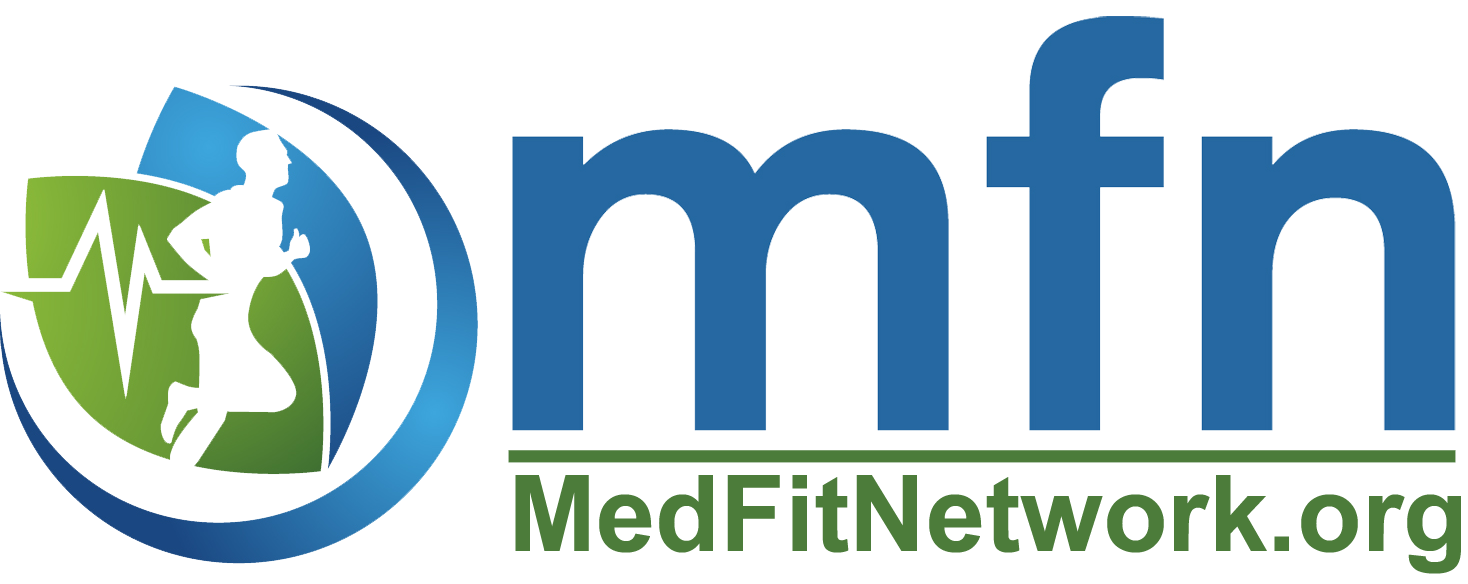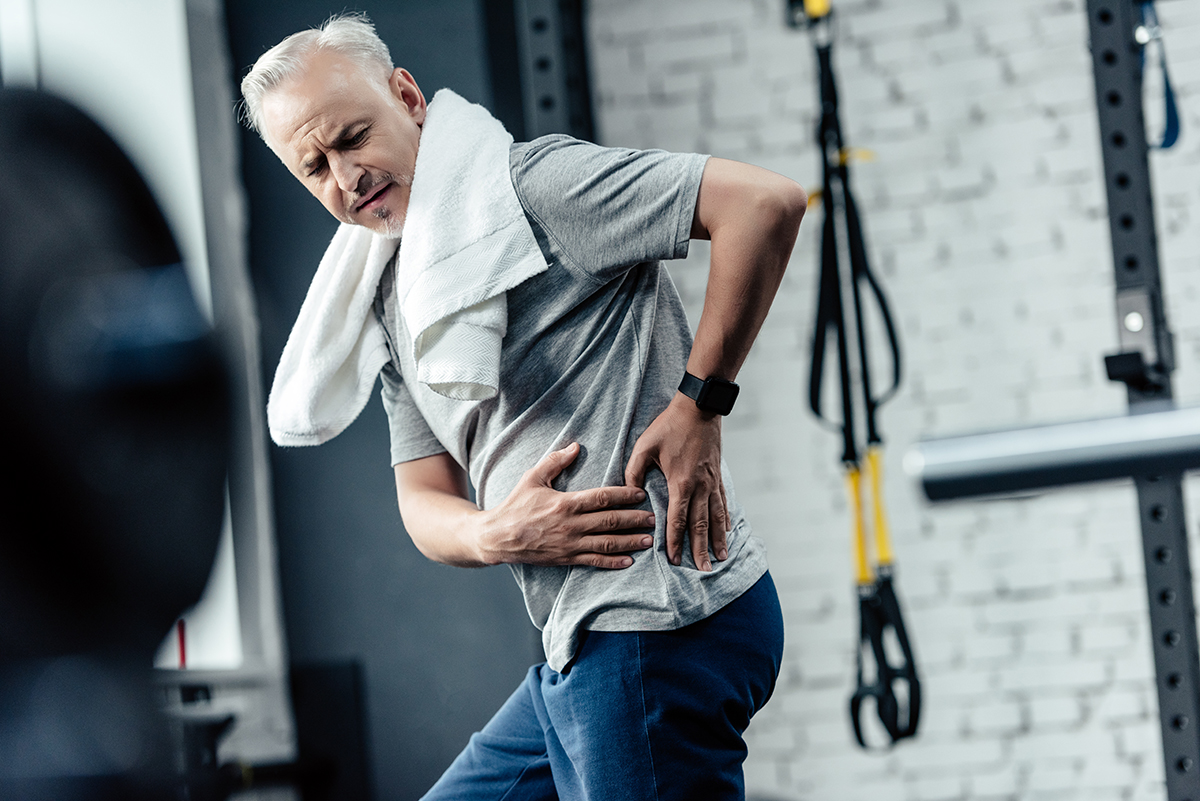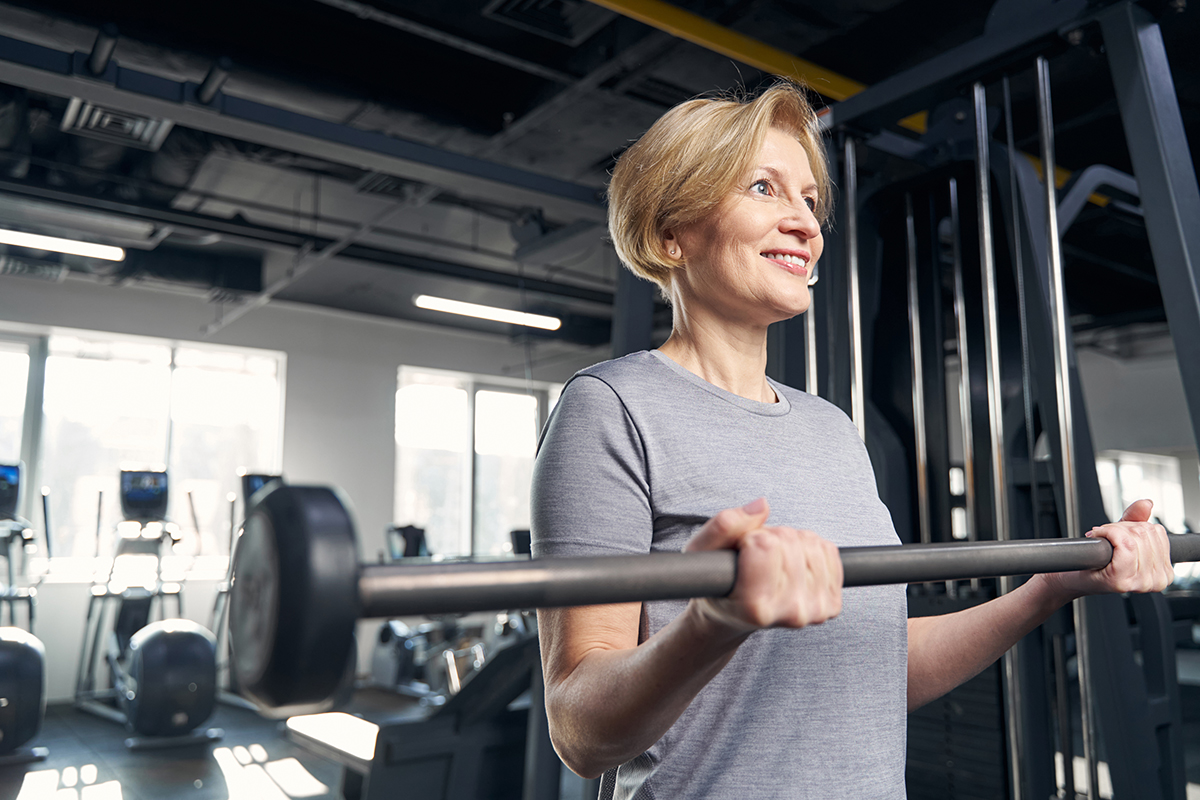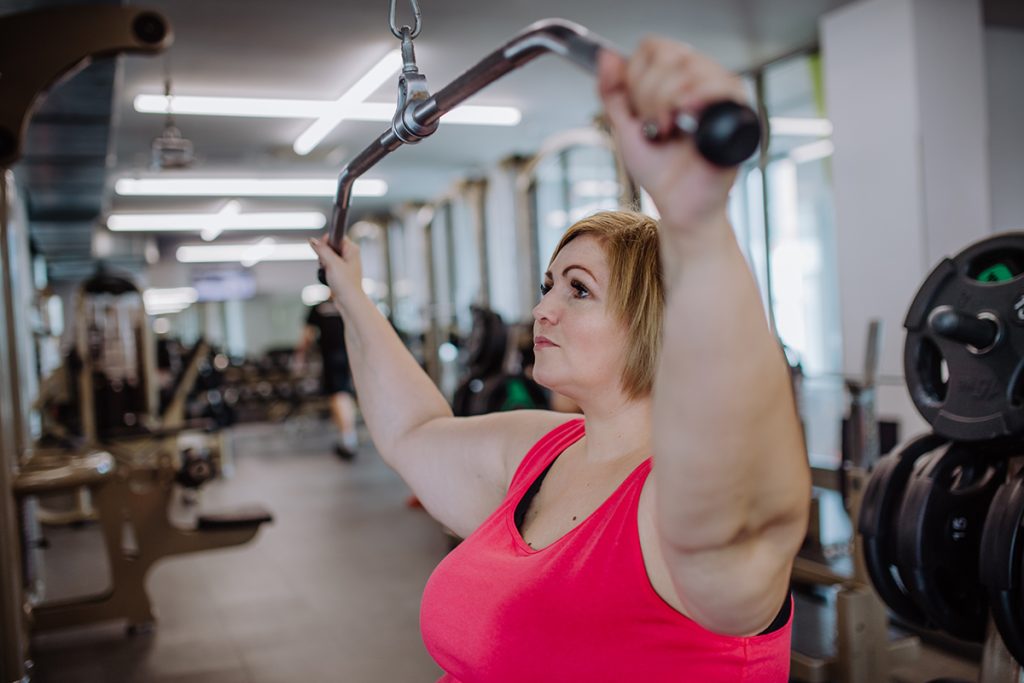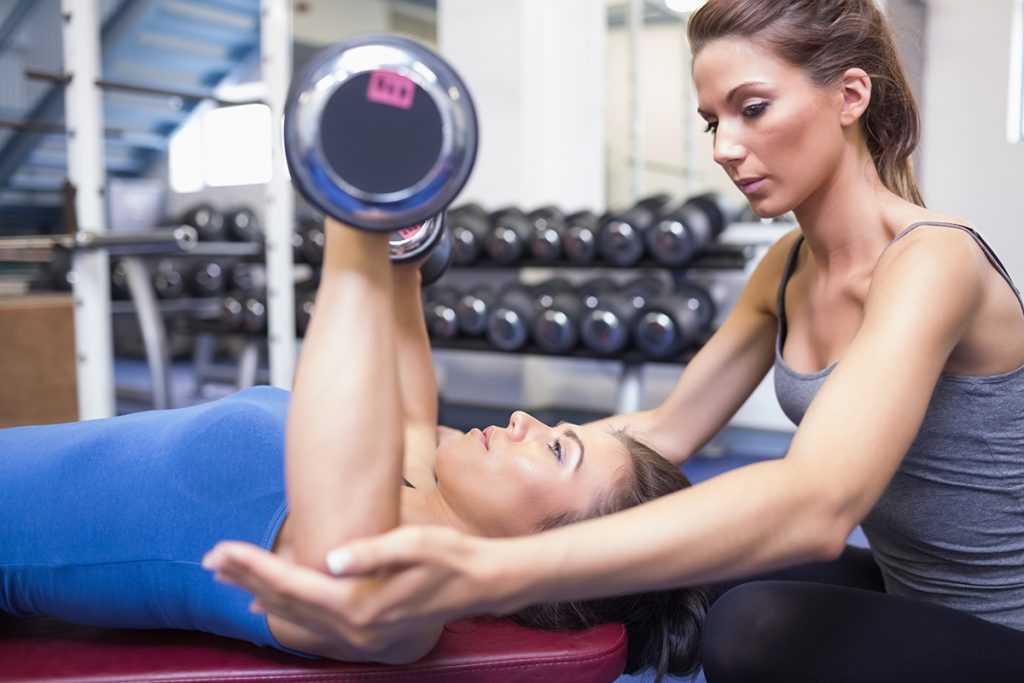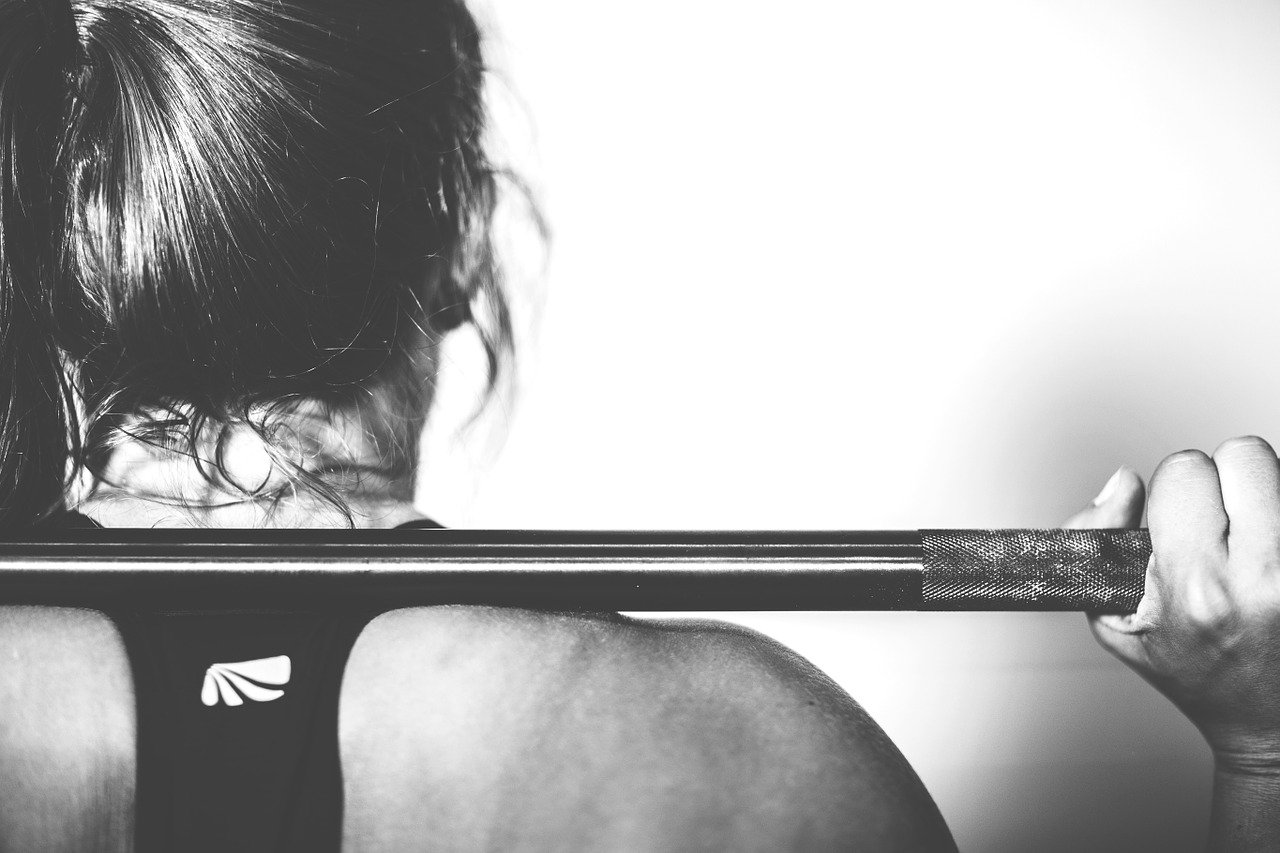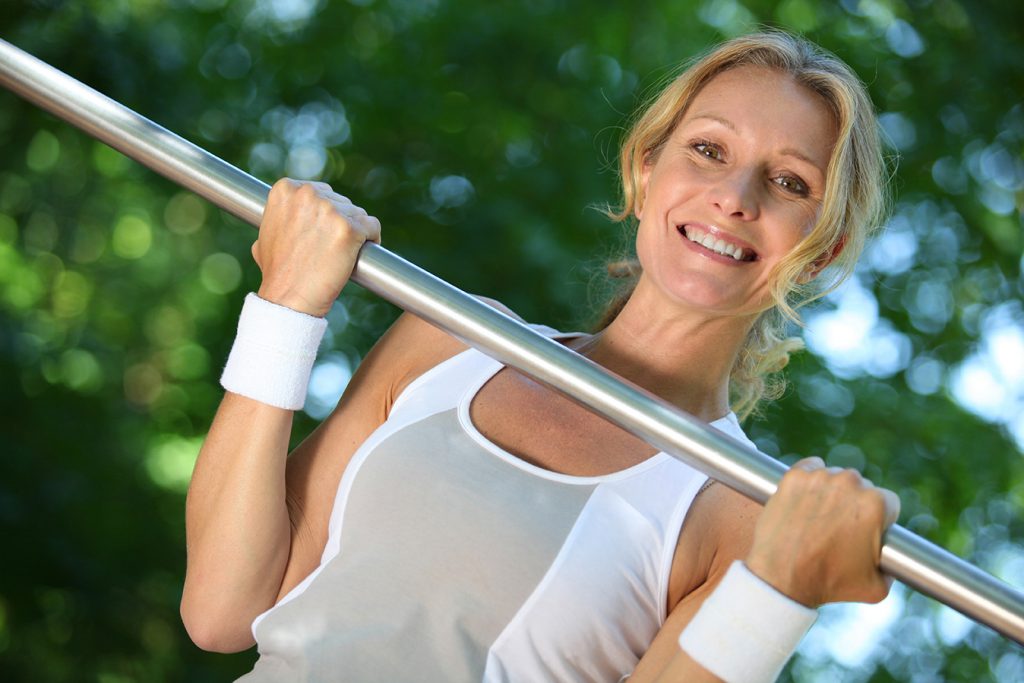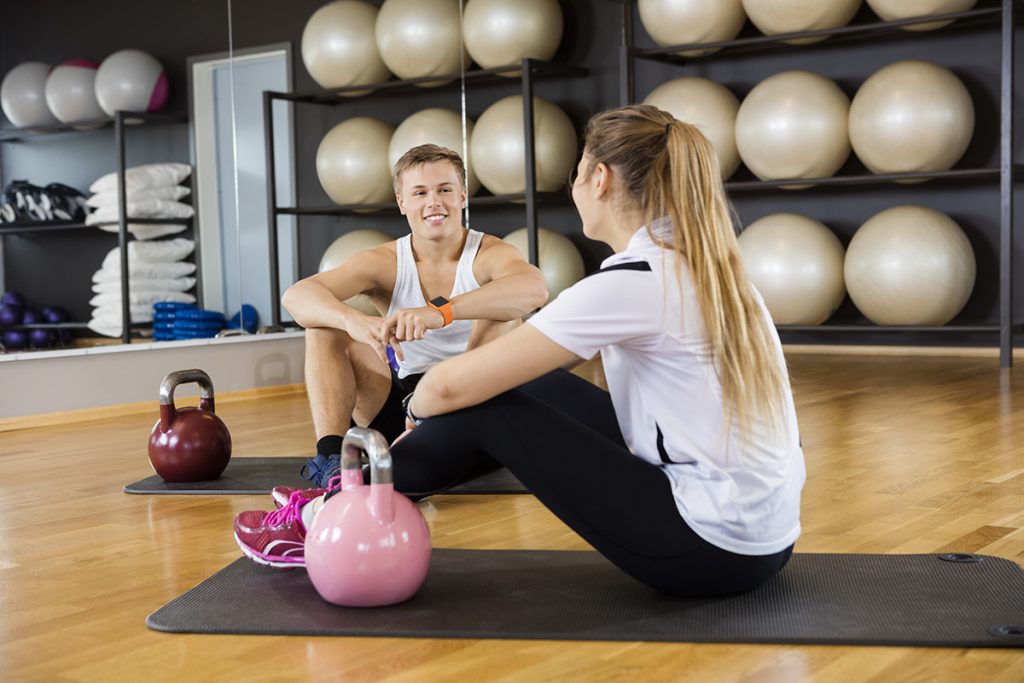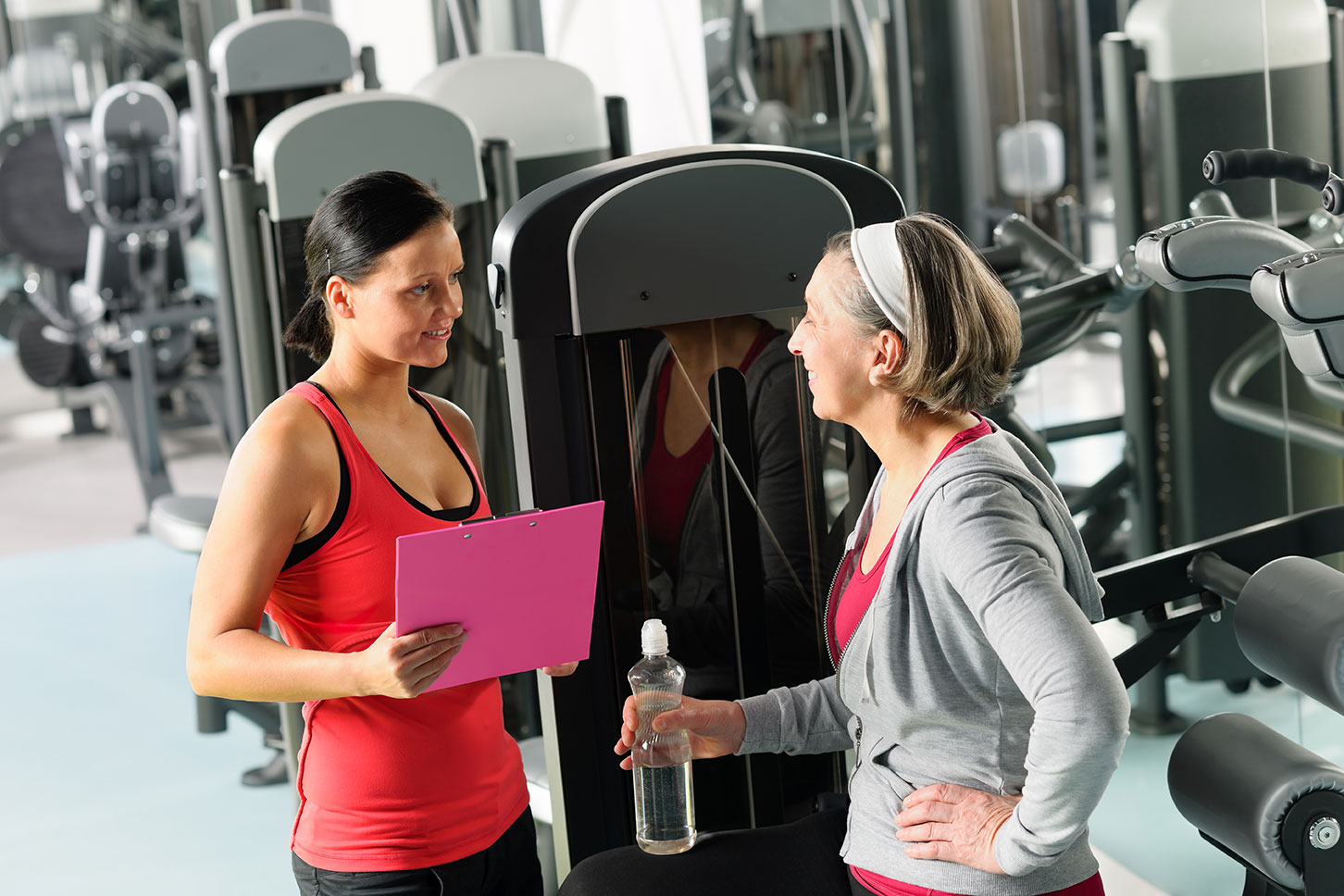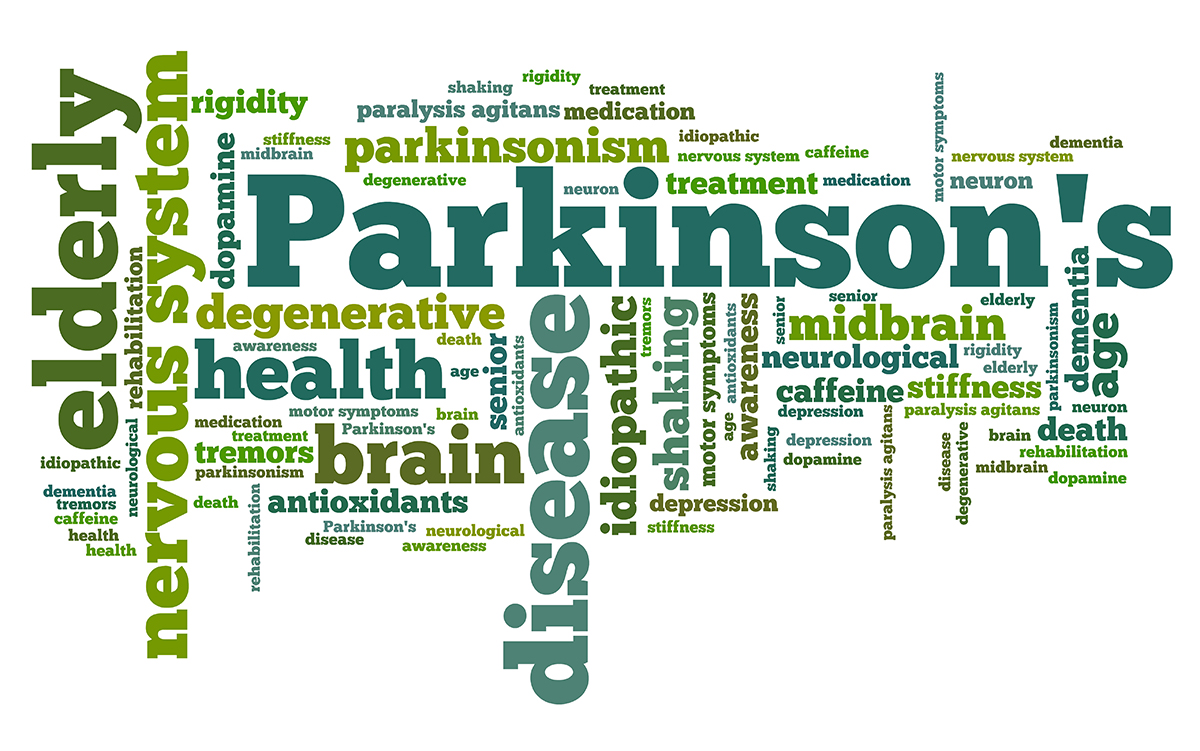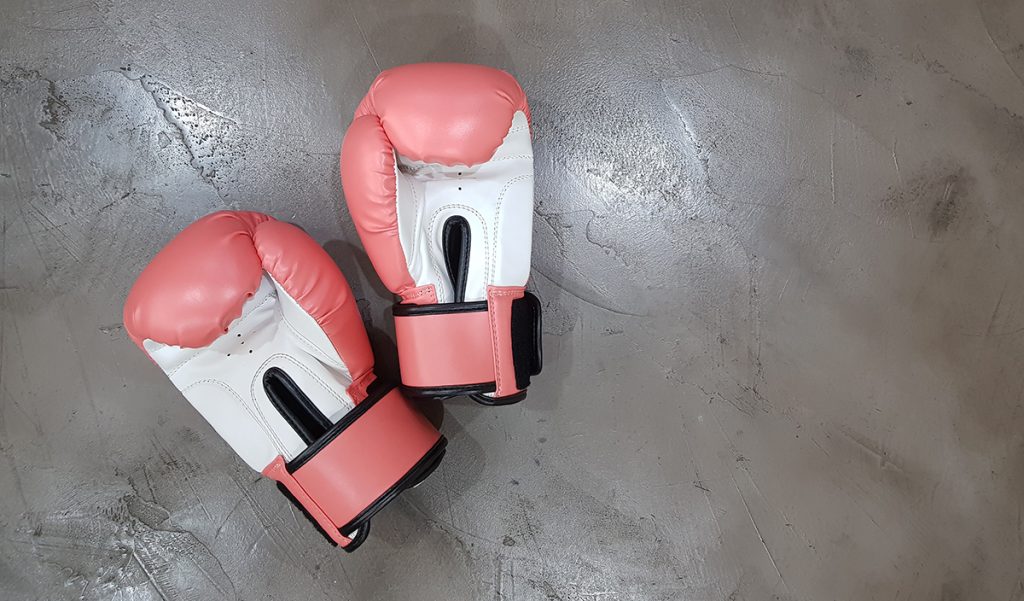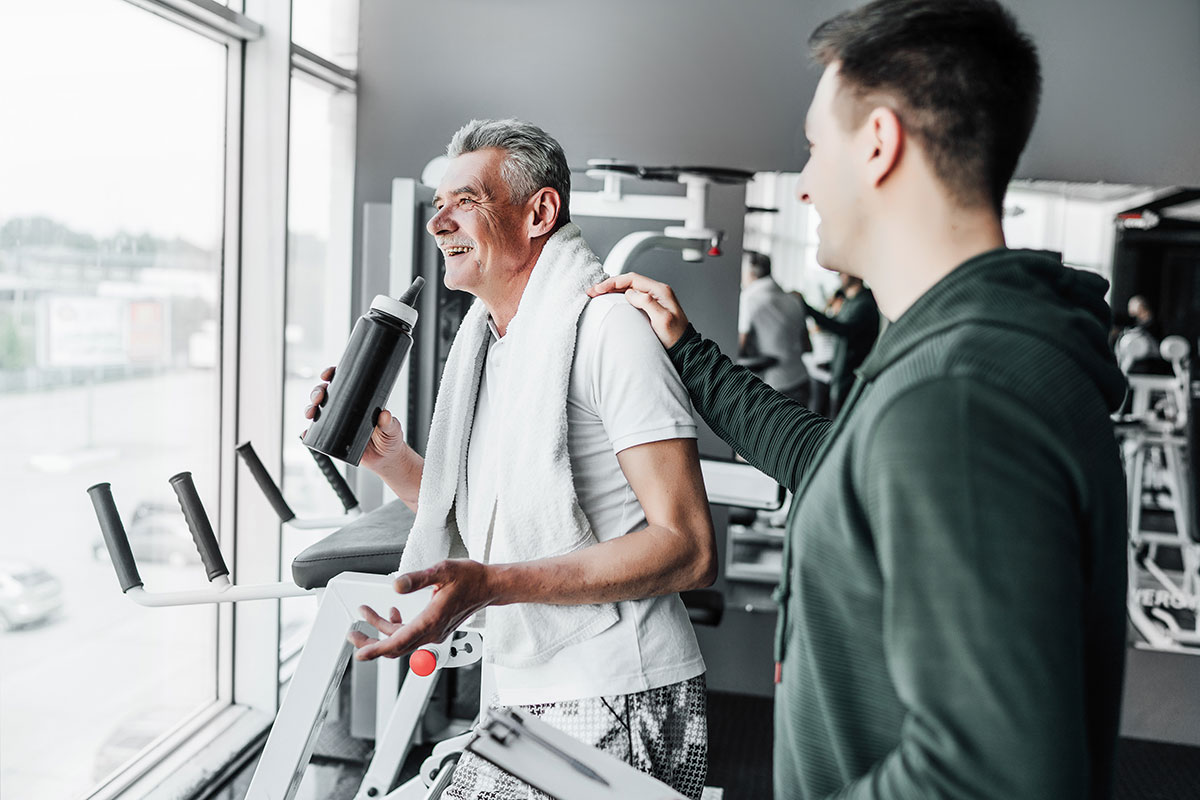Fitness and Multiple Sclerosis: Overcoming Challenges to Embrace a Healthy Lifestyle
Living with multiple sclerosis (MS) can pose numerous challenges, but maintaining a regular fitness routine is essential for enhancing overall well-being and managing symptoms effectively. Exercise can improve muscle strength, balance, flexibility, and cardiovascular health while boosting mood and reducing fatigue. In this article, I will explore the benefits of implementing an exercise program with specific training methods for individuals with multiple sclerosis, types of exercises that are beneficial, safety considerations, and tips for incorporating fitness into the daily routine of an MS client.
